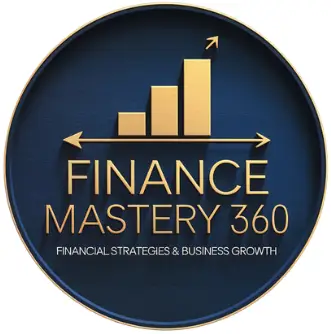Financial literacy is a crucial skill in today’s complex economic landscape. With 69% of Americans struggling to make ends meet, the need for comprehensive financial education has never been more pressing. This article explores essential financial literacy resources, providing you with the tools to navigate your fiscal journey confidently.
Comprehensive directory of financial literacy resources
Navigating the vast sea of financial information can be overwhelming. Fortunately, a wealth of resources is available to guide you through various aspects of personal finance. Here’s a curated list of top-tier financial literacy resources :
- Consumer Financial Protection Bureau (CFPB)
- Federal Deposit Insurance Corporation (FDIC)
- U.S. Department of the Treasury
- MyMoney.gov
- Jump$tart Coalition
These institutions offer a plethora of tools, from budgeting calculators to investment guides. The FDIC’s Money Smart program, for instance, provides a comprehensive curriculum covering everything from basic banking to advanced investment strategies.
As someone who has leveraged these resources throughout my 15-year career in finance, I can attest to their value. The CFPB’s interactive tools, in particular, have been instrumental in helping my clients visualize complex financial concepts.
Tailored financial education for diverse audiences
Financial literacy isn’t one-size-fits-all. Different life stages and circumstances require specialized knowledge. Recognizing this, many organizations offer targeted resources for specific demographics :
- Students and young adults : Next Gen Personal Finance and Junior Achievement provide free curricula tailored to youth.
- Military and veterans : The Department of Defense offers specialized financial readiness resources.
- Older adults : The Money Smart for Older Adults program focuses on issues like retirement planning and fraud prevention.
- People with disabilities : Resources on ABLE accounts and specialized financial planning are available.
During my time consulting for startups, I’ve found that entrepreneurs often benefit from the Small Business Administration’s financial education materials. These resources are invaluable for those navigating the unique challenges of business ownership.

Essential topics in financial literacy
A well-rounded financial education covers several key areas. Here’s a breakdown of crucial topics and where to find reliable information on each :
| Topic | Key Resources |
|---|---|
| Credit Management | AnnualCreditReport.com, CFPB |
| Retirement Planning | Social Security Administration, AARP |
| Homeownership | HUD, FDIC |
| Investing | SEC, Federal Reserve |
| Tax Information | IRS, MyMoney.gov |
Understanding these core areas is crucial for achieving financial stability. In my experience guiding businesses through financial restructuring, I’ve seen how a solid grasp of these fundamentals can make or break a company’s financial health.
Leveraging digital tools for financial mastery
In today’s digital age, financial literacy resources have evolved beyond traditional formats. Interactive online platforms and mobile apps have revolutionized how we learn about and manage our finances.
Some notable digital resources include :
- Budgeting apps : Tools like Mint and YNAB offer real-time tracking and insights.
- Investment simulators : Platforms like MarketWatch’s Virtual Stock Exchange allow risk-free practice.
- Online courses : Websites like Coursera and edX offer in-depth financial courses from top institutions.
- Robo-advisors : Services like Betterment provide automated investment guidance.
These digital tools not only educate but also empower users to take immediate action on their financial goals. As someone who specializes in the automation of accounting processes, I’ve witnessed firsthand how these technologies can transform financial management for both individuals and businesses.
Implementing financial literacy in daily life
Knowledge is power, but implementation is key. Here are practical steps to integrate financial literacy into your daily routine :
- Set clear financial goals : Use the SMART criteria (Specific, Measurable, Achievable, Relevant, Time-bound) to define your objectives.
- Create a budget : Utilize tools from the CFPB or FDIC to track income and expenses.
- Build an emergency fund : Aim for 3-6 months of living expenses in a readily accessible account.
- Educate yourself continuously : Set aside time each week to explore financial literacy resources.
- Seek professional advice : Consult with financial advisors for personalized guidance.
Remember, financial literacy is a journey, not a destination. It requires ongoing commitment and adaptation to changing economic conditions. By consistently applying these principles, you’ll be well on your way to achieving financial freedom.
In my role as a strategic financial planner, I’ve guided numerous clients through this process. The most successful ones are those who commit to continuous learning and application of financial principles in their daily lives.




